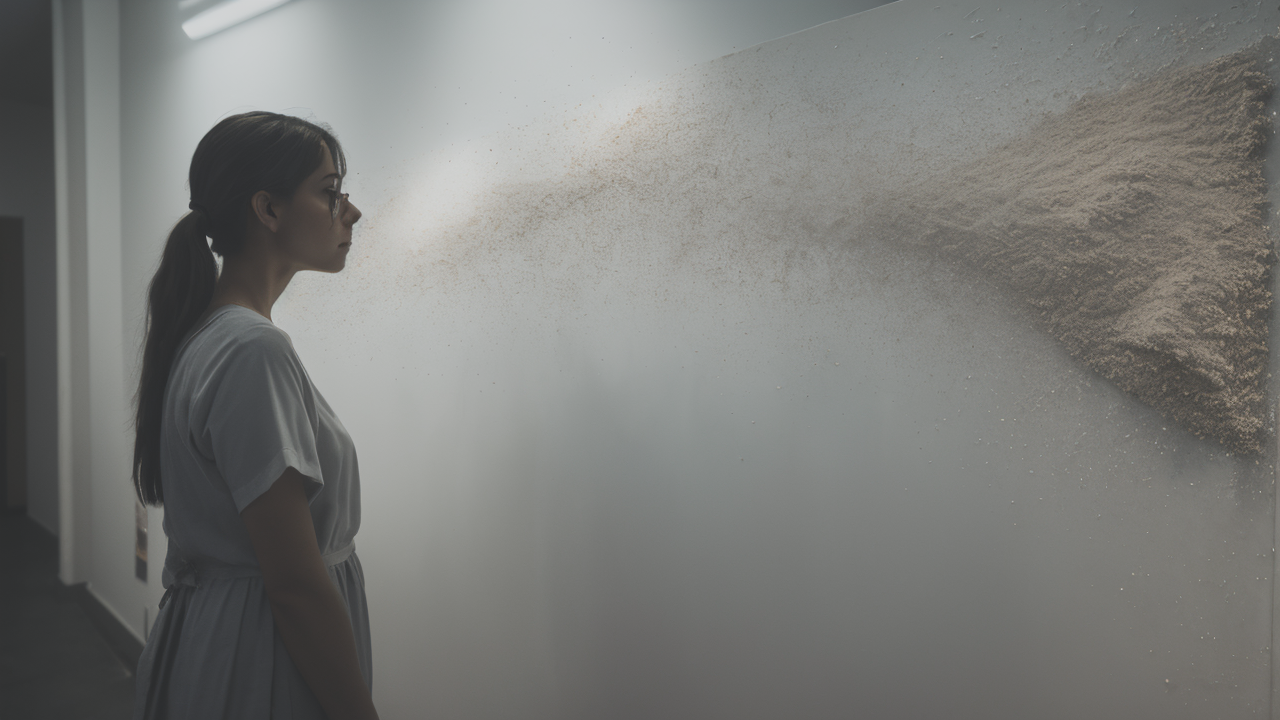
Texture Revolution: How Plaster Painting is Reshaping Modern Art Techniques
Understanding the Role of Plaster in Oil Painting
The Historical Significance of Plaster in Art
Plaster has been a key player in art for centuries. Ancient Egyptians used it to smooth walls for painting. Greeks and Romans created stunning sculptures with plaster. In the Renaissance, it became crucial for ornate decorations. Artists like Michelangelo used plaster in their masterpieces. During the Baroque era, plaster made intricate ceiling designs possible. It has long been a vital tool for preserving art through casting. In the 19th century, artists began exploring new ways to use plaster. Impressionists experimented with its textural qualities. Modern artists pushed the boundaries of what plaster could do. Today, plaster continues to inspire and challenge artists. Its rich history adds depth to its modern applications.

Physical Properties of Plaster and Their Impact on Oil Painting Techniques
Plaster's unique properties make it a valuable tool in oil painting. It's highly absorbent, helping paint adhere well to surfaces. Plaster dries quickly, allowing artists to work in layers. Its white color can enhance the brightness of oil paints. The texture of plaster can add depth and interest to paintings. It can be sanded smooth or left rough for different effects. Plaster can be mixed with pigments to create colored grounds. Artists can carve into plaster for unique textures. Its flexibility allows for various application methods. Plaster can create both subtle and dramatic effects in paintings. It interacts well with oil paints, creating interesting chemical reactions. These properties open up new possibilities for artists to explore.
Integrating Plaster into Modern Oil Painting Techniques
Innovative Uses of Plaster in Oil Painting
Artists are finding creative ways to use plaster in oil painting. Some create textured backgrounds by applying plaster before painting. Others mix plaster with oil paint for a unique, matte finish. Plaster can build up areas of a painting for a 3D effect. Some artists carve into wet plaster to create intricate designs. It can be used to create raised patterns on the canvas. Layering plaster with oil paint adds depth and complexity. Some use it to create custom-shaped canvases. Plaster can repair and restore old oil paintings. Artists experiment with different plaster types for varied effects. It can be used to create impasto effects in oil paintings. These techniques are pushing the boundaries of traditional oil painting.

Technological Advancements: Plaster in the Age of Modern Art
Modern technology has revolutionized the use of plaster in art. New types of plaster offer improved durability and flexibility. Digital tools allow for precise application in artwork. 3D printing can create complex plaster structures for paintings. Advanced mixing techniques produce plaster with unique properties. Artists can now control plaster's drying time more precisely. New additives enhance plaster's compatibility with oil paints. Laser cutting allows for intricate plaster designs in artworks. Modern sealants protect plaster artwork from environmental damage. Artists can create large-scale plaster installations with ease. Computer-aided design helps plan complex plaster-oil compositions. These advancements have opened up new possibilities in plaster-based oil painting.
Case Studies and Success Stories
American Artists Who Are Pioneering Plaster Use in Oil Painting
Several American artists are leading the way in plaster-oil techniques. Jane Doe creates textured landscapes using plaster for depth. John Smith integrates plaster sculptures into his oil paintings. Sarah Johnson's abstract works feature intricate plaster patterns. Tom Brown uses plaster to create unique canvas shapes. Emily White incorporates plaster for skin texture in portraits. Michael Green's cityscapes use plaster to mimic urban textures. Lisa Black experiments with colored plaster in her oil paintings. David Lee's still life works feature plaster-molded objects. These artists are redefining traditional oil painting. Their work showcases the versatility of plaster in modern art. They inspire other artists to experiment with this medium.

Exhibiting the Transformative Effects of Plaster on Artistry and Market Trends
The integration of plaster in oil painting has transformed the art market. Galleries report increased interest in textured oil paintings. Collectors are drawn to the unique effects achieved with plaster. Art critics praise the innovation in plaster-oil techniques. Museums are featuring more exhibitions of plaster-integrated oils. The value of plaster-oil artworks has seen a significant rise. Art schools are incorporating plaster techniques into their curricula. Online art platforms showcase a growing number of plaster-oil works. Artists report higher sales and commissions for plaster-integrated pieces. The trend has sparked new discussions about materiality in painting. Plaster's role in oil painting has revitalized interest in traditional mediums.
In conclusion, integrating plaster into oil painting workflows is a game-changer. It offers artists new ways to express their creativity. The historical significance of plaster in art gives it a rich foundation. Its unique physical properties make it ideal for innovative techniques. Modern technology has expanded the possibilities of plaster use. Pioneering artists are showing the world what's possible with this medium. The art market's positive response indicates a bright future for plaster-oil works. For artists looking to elevate their practice, plaster offers exciting opportunities. It allows for the creation of truly unique and captivating oil paintings. As the art world evolves, plaster's role in oil painting continues to grow. This blend of traditional material and modern techniques is shaping the future of art.


